Name Lloyd Austin | Years of service 1975–present | |
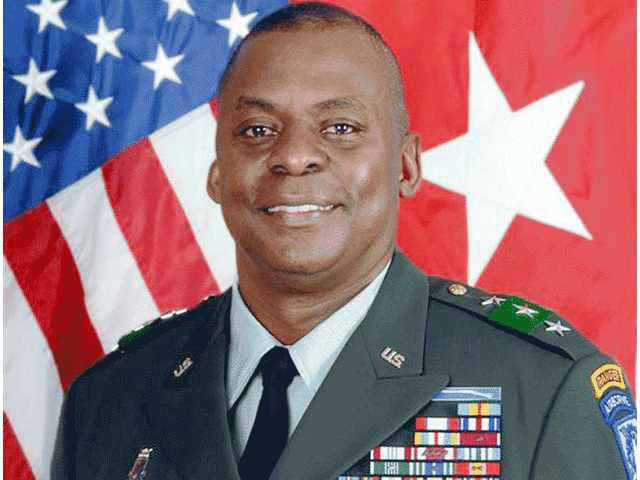 | ||
Allegiance United States of America Battles/wars Global War on TerrorismWar in AfghanistanIraq War Awards Defense Distinguished Service Medal (4)Army Distinguished Service Medal (3)Silver StarDefense Superior Service Medal (2)Legion of Merit (2) Similar People Raymond T Odierno, Martin Dempsey, James Mattis, David Petraeus, Joseph Votel | ||
Birth name Lloyd James Austin III | ||
Exchange between sen john mccain and general lloyd austin c span
Lloyd James Austin III (born August 8, 1953) is a retired United States Army general. He was the 12th commander of United States Central Command (CENTCOM). Austin was the first African American to head the organization. Prior to his assignment in CENTCOM, Austin served as the 33rd Vice Chief of Staff of the United States Army from January 31, 2012, to March 8, 2013. His assignments prior to CENTCOM were as the last Commanding General of United States Forces - Iraq, Operation New Dawn, which ended on December 18, 2011, and then Vice Chief of Staff of the United States Army. On December 6, 2012, the Pentagon announced that President Barack Obama had nominated Austin to lead the U.S. Central Command. Austin was confirmed by the U.S. Senate on March 5, 2013, and assumed command on March 22, 2013. On April 5, 2016, Austin's retirement ceremony took place at Joint Base Myer–Henderson Hall. He received the Defense Distinguished Service Medal, the Army Distinguished Service Medal, the Defense Superior Service Medal, the Legion of Merit, and others.
Contents
- Exchange between sen john mccain and general lloyd austin c span
- Senator fischer questions u s general lloyd austin
- Early life and education
- Career
- Commanding General of US Forces Iraq
- Vice Chief of Staff of the United States Army
- Commander United States Central Command CENTCOM
- Awards and decorations
- References
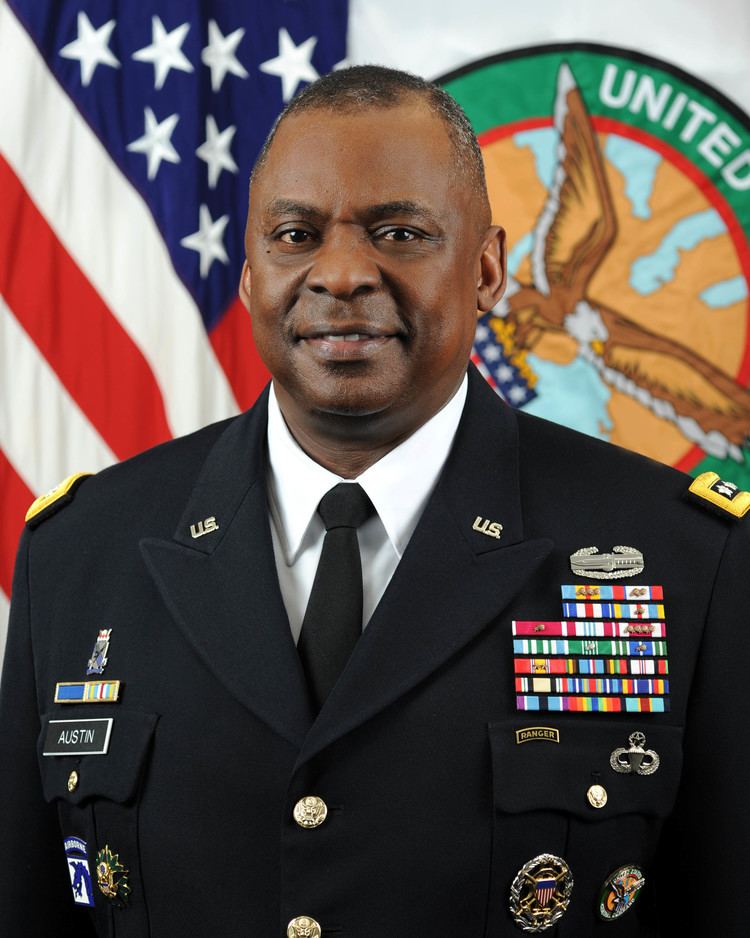
Senator fischer questions u s general lloyd austin
Early life and education
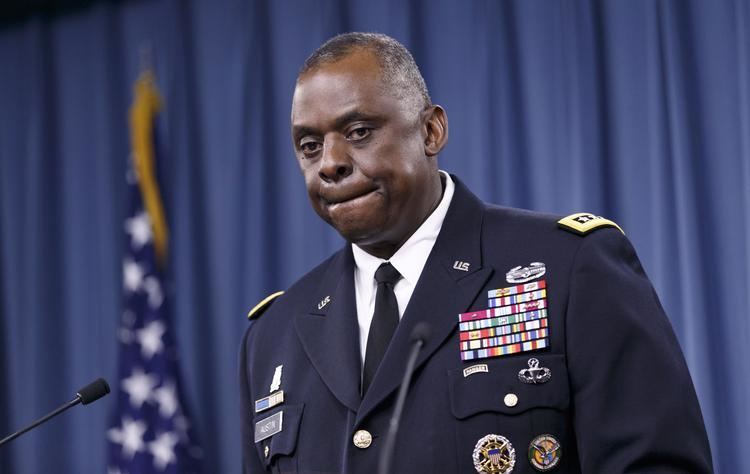
Austin was born on August 8, 1953, in Mobile, Alabama and raised in Thomasville, Georgia. He graduated from the United States Military Academy (West Point) with a Bachelor of Science degree in June 1975. He later earned a Master of Arts degree in counselor education from Auburn University's College of Education in 1986, and another Master of Arts in business management from Webster University in 1989. He is a graduate of the Infantry Officer Basic and Advanced courses, the U.S. Army Command and General Staff College, and the U.S. Army War College.
Career

Austin was commissioned as a second lieutenant after graduation from West Point. His initial assignment was to the 3rd Infantry Division (Mechanized) in Germany where he served as a Rifle Platoon Leader in A Company, 1st Battalion, 7th Infantry and Scout Platoon Leader in the Combat Support Company, 1st Battalion, 7th Infantry. Following this assignment and attendance at the Infantry Officer Advanced Course, he was assigned to the 82nd Airborne Division at Fort Bragg, North Carolina, where he commanded the Combat Support Company, 2nd Battalion (Airborne), 508th Infantry and served as the Assistant S-3 (Operations) for 1st Brigade, 82nd Airborne Division.
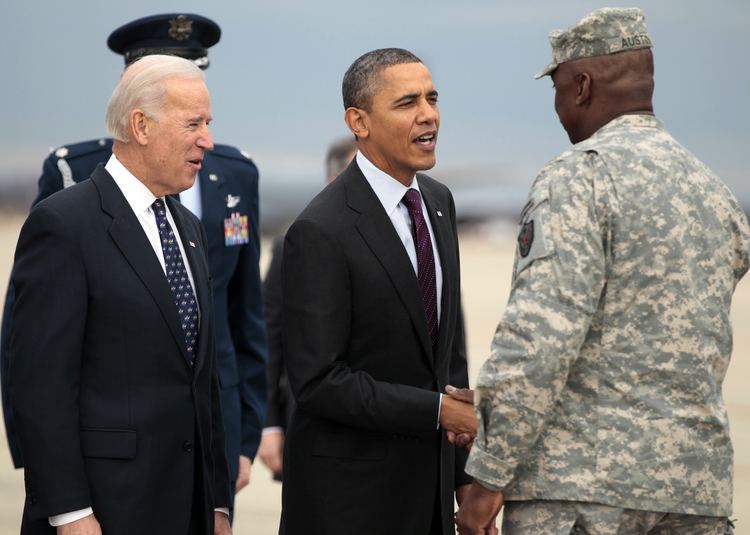
In 1981, Austin was assigned to Indianapolis, Indiana where he served as the Operations Officer for the U.S. Army Indianapolis District Recruiting Command and later commanded a company in the U.S. Army Recruiting Battalion. Upon completing this assignment, he attended Auburn University where he completed studies for a Master's Degree in Education. He was then assigned to the U.S. Military Academy at West Point, New York, where he served as a Company Tactical Officer. After his selection and subsequent completion of the U.S. Army Command and General Staff College, Fort Leavenworth, Kansas, he was assigned to the 10th Mountain Division (Light Infantry), Fort Drum, New York, where he served as the S-3 (Operations) and later Executive Officer for the 2nd Battalion, 22nd Infantry. He subsequently served as Executive Officer for 1st Brigade, 10th Mountain Division (Light Infantry) and later as Director of Plans, Training, Mobilization and Security for Fort Drum, New York.
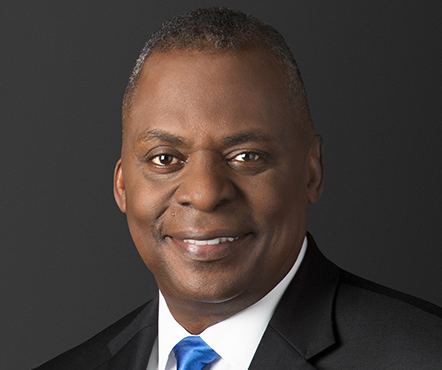
In 1993, Austin returned to the 82nd Airborne Division at Fort Bragg, North Carolina where he commanded the 2nd Battalion, 505th Parachute Infantry Regiment. He later served as the G-3 for the 82nd Airborne Division. Following graduation from the U.S. Army War College at Carlisle Barracks, Pennsylvania, he commanded the 3rd Brigade, 82nd Airborne Division at Fort Bragg, North Carolina. Shortly after Brigade command, he was assigned to the Pentagon in Washington, D.C. where he served as Chief, Joint Operations Division, J-3, on the Joint Staff. His next assignment was as Assistant Division Commander for Maneuver, 3rd Infantry Division (Mechanized), Fort Stewart, Georgia. As the ADC-M, he helped spearhead the division's invasion of Iraq in March 2003.

Austin served from September 2003 until August 2005 as the Commanding General of the 10th Mountain Division (Light Infantry), with duty as Commander, Combined Joint Task Force-180, Operation Enduring Freedom, Afghanistan. His next position was Chief of Staff of the United States Central Command at MacDill AFB, in Tampa, Florida from September 2005 until October 2006.
On December 8, 2006, Austin was promoted to Lieutenant General, and assumed command of the XVIII Airborne Corps, Fort Bragg, North Carolina. Austin handed over command of XVIII Corps to become Director of the Joint Staff in August 2009.
In February 2008, Austin became the second highest ranking commander in Iraq, taking command of the Multi-National Corps-Iraq (MNC-I). As commander of MNC-I, he directed the operations of approximately 152,000 joint and coalition forces in all sectors of Iraq.
Commanding General of U.S. Forces – Iraq
On September 1, 2010, Austin became Commanding General of U.S. Forces – Iraq (USF-I) at a ceremony at the al-Faw palace in Baghdad, Iraq. He took over from General Ray Odierno. Vice President Joe Biden, Defense Secretary Robert Gates, and Joint Chiefs Chairman Adm. Mike Mullen presided over the ceremony. As CG, USF-I, Austin served as the senior U.S. military commander in charge of all U.S. and Coalition forces in Iraq. Their mission was to advise, train, assist, and equip the Iraqi Security Forces (ISF). Austin oversaw the successful transition from Operation IRAQI FREEDOM and combat operations to Operation NEW DAWN and stability operations focused on advising, assisting, and training the ISF. He directed the responsible drawdown of forces and the redeployment of some 50,000 U.S. service members and the return or transfer of warfighting equipment to the U.S. or in support of combat troops fighting in Afghanistan by the December 2011 deadline. Austin, along with other members of the USF-I staff, departed Iraq on December 18, 2011.
Vice Chief of Staff of the United States Army
In December 2011, Austin was nominated for Vice Chief of Staff of the United States Army. He took office as the 33rd Vice Chief of Staff of the Army on January 31, 2012. As the VCSA, he managed the day-to-day administration of the U.S. Army’s headquarters staff and managed the allocation of the Army’s multibillion-dollar annual budget. During his year-long tenure, he spearheaded the Army’s efforts to better address the broad range of health issues affecting the Force after more than a decade of conflict in Iraq and Afghanistan. Under his direction, the Army’s efforts to reduce the incidence of suicide in the ranks while also countering the stigma associated with this and other mental health issues helped to expand awareness and access to the many support programs available to individuals in need of help. As VCSA, Austin also led the Army’s initiative to increase awareness and improve treatment options for the “invisible wounds” of war, namely post-traumatic stress and mild traumatic brain injury.
Commander, United States Central Command (CENTCOM)
On March 22, 2013, he became the Commander of CENTCOM. At CENTCOM, he served as the senior U.S. military commander of the regional unified combatant command responsible for the 20 countries that make up the Central Region; a region that includes Iraq, Syria, Iran, Afghanistan, Pakistan, Yemen, Oman, Saudi Arabia, and Kuwait and is considered vital to U.S. national security interests. As commander, Austin directed the activities of four service-component commands, one subordinate unified command, two major subordinate multi-service commands, and several temporary tasks forces. He continuously oversaw 149,000 U.S. service members involved in operations throughout the region, including those forces engaged in Afghanistan in support of the largest coalition campaign in modern history. He controlled a $300+ million dollar annual operating budget. He advised the President of the United States, the Secretary of Defense, and other national-level leadership on a broad range of military matters. He engaged routinely with heads of state and senior civilian and military leaders throughout the Middle East and Central and South Asia and the broader international community.
During his tenure as commander, Austin dealt with the numerous crises and challenges afflicting the region, including the explosive crisis and transition of power in Egypt, the Huthi-led insurgency against the Hadi Government in Yemen and the expansion of the civil war in that country, as well as the resurgence of Al Qaeda’s affiliate, AQAP, and the rise of the terrorist organization, the Islamic State of Iraq and the Levant (ISIL) in Iraq and Syria. After ISIL seized control of the northern city of Mosul in Iraq in June 2014, Austin immediately and decisively engaged the enemy and he began the critical outreach to military and government leaders that would eventually comprise the 62-nation Counter-ISIL Coalition. At the same time, he oversaw the development and execution of the military campaign plan to counter and ultimately defeat ISIL in Iraq and Syria. The campaign plan calls for the employment of indigenous ground forces supported and enabled by Coalition air and other capabilities, including intelligence and logistics support. Serving as the Combined Forces Commander for Operation INHERENT RESOLVE, Austin directed the employment of all Coalition military forces within the battlespace on the ground and in the air. His efforts resulted in the execution of well over 10,000 kinetic strikes in Iraq and Syria by aircrews from 16 partner nations, which served to halt ISIL’s advance and enabled the indigenous forces to retake over 17,000 square kilometers of territory previously held by the enemy.
Austin's retirement ceremony took place at Joint Base Myer–Henderson Hall on April 5, 2016.
Awards and decorations
2007 inductee to the Thomasville-Thomas County Sports Hall of Fame
